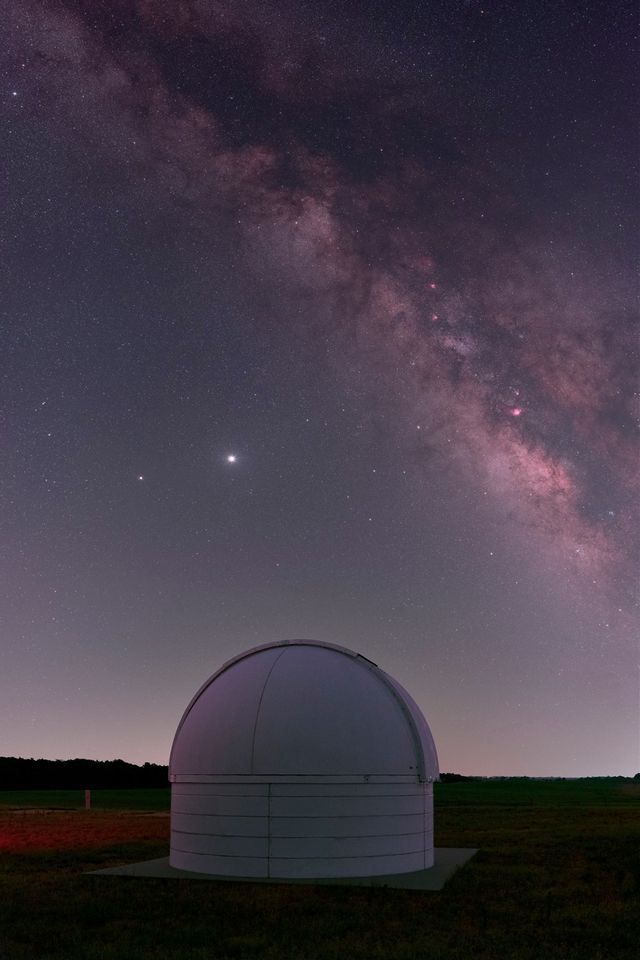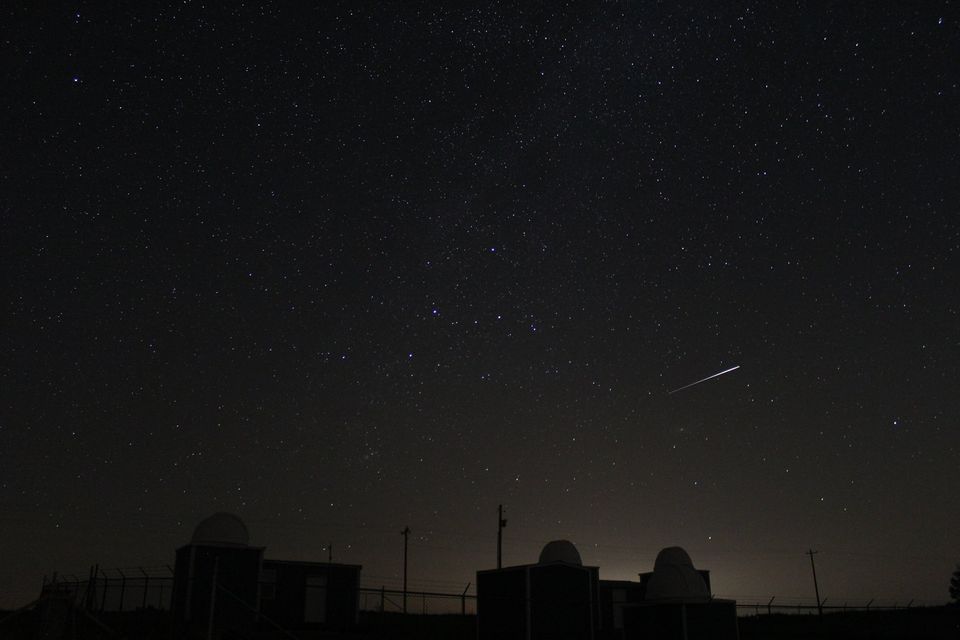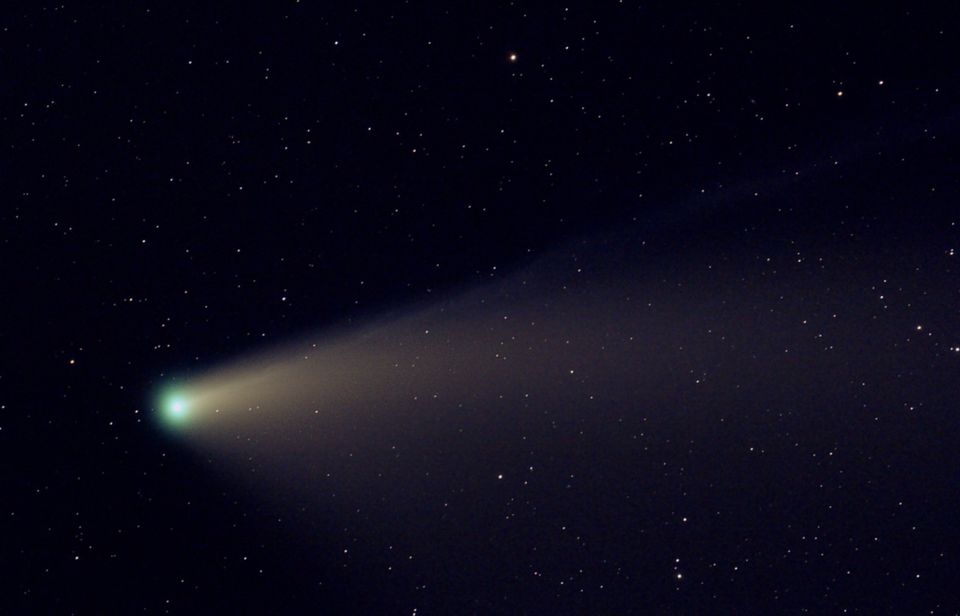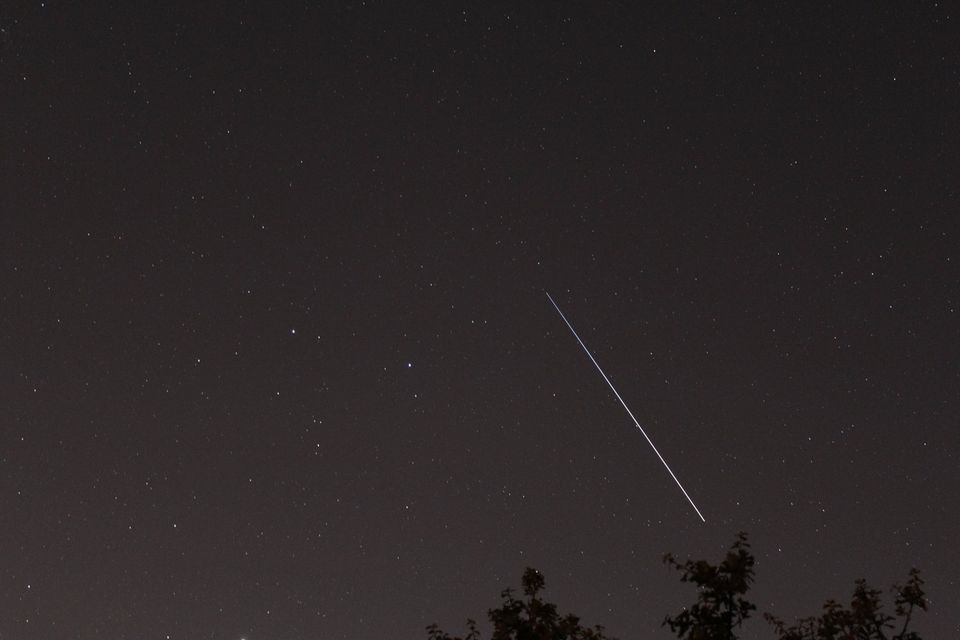
Oklahoma skies are a sight to see, and the state’s astronomy clubs aren’t letting the pandemic stop them from enjoying the stars.
The Oklahoma City Astronomy Club and the University of Oklahoma Lunar Sooners have created adjustments in order to stay safe but still feed their love of space and time.
The Oklahoma City club normally meets on the second Friday of each month at Science Museum Oklahoma, says Mike Brake, the club’s public information officer.
“Monthly meetings usually entail a star talk on objects to observe in the sky that month, and a lecture on a scientific or technical aspect of astronomy,” says Brake. “The club has just under 200 members.”
Right now, meetings are being held online. Despite these changes, OKCAC hasn’t been deterred. The club owns and operates Cheddar Ranch Observatory in Blaine County, which houses a permanently mounted 14-inch telescope, multiple member-owned domes, two concrete observation pads and the 30-inch Kirkpatrick Telescope (the largest public access telescope in the state). Brake, like many of his counterparts, got involved in the world of astronomy early.
“I … got interested in astronomy in 1957 at age 10 when Sputnik, the first satellite, was launched,” he says. “Others have related similar experiences, but club member interests are as varied as the membership; some are observational astronomers while others do astrophotography.”
Nickalas Reynolds, a member of Lunar Sooners and a graduate teaching assistant studying astrophysics, says the club normally meets in Nielsen Hall on the OU campus in Norman.
“We are mostly an outreach organization, so most of our member interactions are at public outreach events,” says Reynolds. “However, with COVID, we suspended in-person club outreach until it is appropriate to hold in-person events again.”
Reynolds says communication is still active within the club, and sometimes, all that is needed is a once-a-semester meeting when it is safe to do so, or the occasional email to stay in-the-know.
“During the member meetings, we … discuss events in the upcoming months and then [discuss] miscellaneous items – new telescopes, concerns about the observatories,” says Reynolds. “Sometimes meetings might be training seminars.”
A common misconception is that astrology is similar, or even the same, as astronomy.
“Astrology seeks to divine information about individuals through alignment of celestial bodies,” says Reynolds. Astronomy, on the other hand, is a fact-based science.
“Astronomy, in the most general sense of the word is the study of extra-planetary events,” says Reynolds. “So when you meet someone that studies objects in space, they are an astronomer.”
On a more philosophical realm, Reynolds says that astronomy is the way people seek to find the answers of the universe.
“Since the dawn of humankind, we have been searching for answers for the big questions in life,” says Reynolds. “Why are we here? How did we get here? What is our place in the universe? In astronomy, we attempt to answer these questions to the best of our knowledge, by looking up and outwards towards the universe itself.”































